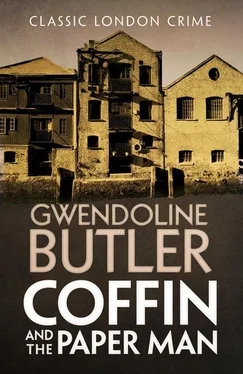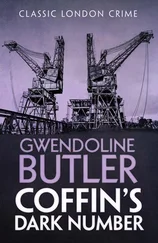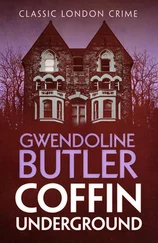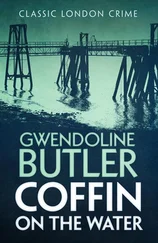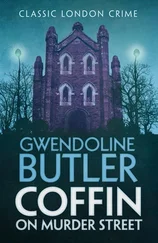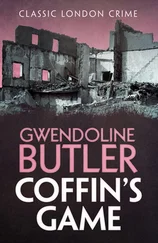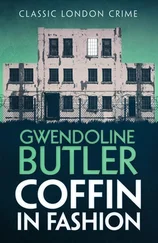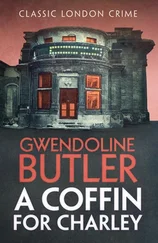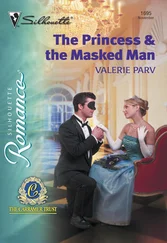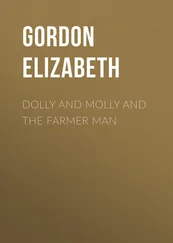GWENDOLINE BUTLER
Coffin and the Paper Man

Cover
Title Page GWENDOLINE BUTLER Coffin and the Paper Man
Chapter 1
Chapter 2
Chapter 3
Chapter 4
Chapter 5
Chapter 6
Chapter 7
Chapter 8
Chapter 9
Chapter 10
Chapter 11
Chapter 12
Chapter 13
Chapter 14
Chapter 15
Chapter 16
Chapter 17
Keep Reading
About the Author
Also by the Author
Copyright
About the Publisher
The Day of May 25 and on to May 27
GRIM. GRIM. the word was going out over the police airwaves at Nineteen hundred hours precisely on this day, May 27, 1989.
GRIM. GRIM. Rope Alley, Leathergate.
This was the code word in the police district under the command of John Coffin (thought intellectual and elusive by his new Force, where his code name was WALKER, but never judged arrogant or uncaring), for what they were beginning to call gender murders.
Gender murder: the killing of a woman in circumstances of a sexual assault. GM. Because the word rape came up, the letter R got itself into the code.
The code was beginning to creep into use all over the many areas and peoples that make up modern London. The two Londons, the many Londons.
London is a collection of villages. They stretch out on either side of the river into the flat lands of Essex, and up towards the hills of Kent.
Some are very old with their names in the Domesday Book and even earlier records. Such are Wapping and Billingsgate and Greenwich. Under other names, the Romans probably knew them too and cursed them for being barbaric and remote from the warmth and comforts of their home town. Some, like Mayfair, are relatively new. New as these things go, owing their existence to the shift of fashion westwards from the old city clustered around the Tower. Interestingly, the centres of crime have shifted westward with the centuries, keeping in touch with fashion.
Most of the villages are happy ones, but some are happier than others and one or two are unhappy. For various reasons.
The old village of Leathergate was very unhappy at the moment. It had known some rough times in the past, when murder and violent death had been almost a home industry, but the present days were uneasy, with the new rich in their smart new apartments irritating the old poor, while the new poor, some of whom had known better days, were even crosser. A mini war of the classes was brewing up in Leathergate.
Leathergate was part of the new Second City of London whose policing was in the hands of the new Force directed by John Coffin, Chief Commander. Together with Spinnergate, and Swinehouse and Easthythe and other old villages both south and east, it was a whole new urban concept. Old in history but with a new Royal Charter and lots of hopes.
In Leathergate that May 25, a girl lay dying in an alley.
She had been beaten and raped, and then a knife had penetrated her ribs, cutting through to her lungs. She did not die at once.
She was still alive when a boy with his dog discovered her, still alive as the ambulance arrived.
She spoke to the ambulance men.
‘Get the man who killed me,’ she whispered.
The ambulance driver, a senior man, turned to his junior. ‘Lift her up carefully, she’s going to go.’
They were always careful, it was his emotion that spoke. He knew the girl.
At that moment, she died.
Anna Mary Kinver was sixteen years old, looking eighteen. She had long fine blonde hair which was tangled and bloody in the mud. The same mixture, red and black, spread over her check mini skirt and white shirt. It was the day before her birthday when she had a party planned at a local disco and in the alley beside her was her new party dress for next day and a pair of silver slippers, one of which was missing.
Poor little Cinderella who would never get to the ball. Rope Alley ran between the old Clover Rope Works, now converted into smart apartments, and the former Lead Works, now an art gallery. It is as well to get the geography right in this complicated district with its palimpsest of history.
The narrow path between the two high buildings was the way home between the shops in the North Ferry Road and Elder Street.
Anna Mary Kinver, one of the new poor, descended from a long line of the old poor, had lived with her father, new poor/old poor nicely mixed up, in a house in Elder Street. He was there now, waiting for her to come home. She was never going to come.
A policewoman knocked on the door of No. 13. She too had known Anna Mary Kinver, having been in the top class of the large comprehensive when Anna Mary had arrived, a skinny eleven-year-old, to be educated into believing that there was a rich world outside into which, if she learnt French, German, mathematics and how to use a computer, she could be inserted. Thus she was rich, then poor, almost at once afterwards.
Still rich in hope and expectations on the day she died, but poor in any practical delivery of what she wanted, and only able to afford a pair of silver slippers from Mr Azzopardi’s Bazaar rather than from Maud Frizon in Bond Street. She knew about Maud Frizon though, and had stared in the window at her pretty shoes.
The policewoman hated the task she had been given. It was monstrous, horrible, and sad. But it was her job and she was going to do it.
She did not mention death as she first spoke to Fred Kinver, she just spoke of a bad accident and the hospital. She would get round to the rest of the message as she drove him to where he must go.
If he hadn’t guessed. People did guess.
The exact circumstances of Anna’s death had been passed on to the WPC by her sergeant, but these she would not transmit. He’d find out soon enough.
She meditated for a moment on the fact that he would have to identify the body. Oh dear. Fred Kinver was not going to be able to bear doing that, but he would have to. He had the look of one of those who would turn aside from a dead rabbit. She was not unlike that herself, but after several professional visits to the police mortuary she had learnt the knack of not seeing more than you must.
Of course, for him that would be difficult.
Fred Kinver sat beside her in the police car, having a pretty shrewd idea of what lay before him. He had that sick feeling in the pit of his stomach that assured him that the worst had happened.
‘The wife’s out,’ he said. ‘Hasn’t got back from her work. She has an evening job. I shall have to tell her later.’
‘We’ll do that for you, Mr Kinver.’
‘Better do it myself.’
We’ll see, thought the WPC. See how you feel.
Fred Kinver had worked in the biscuit factory in Deen Street till it moved to Slough, somehow managing to let Mr Kinver float away from it. Then he had worked in a small bakery until that was swallowed up by a supermarket. He had gone free from that too, although several other employees had been taken on. To encourage the fresh-bread-baking smell over the wrapped bread counter, the cynics said. Since then he had done odd jobs around the new local theatre, the Theatre Workshop founded by Mrs Lætitia Bingham, where his wife worked for one of the actresses as dresser cum handywoman.
Anna Mary had been studying computer programming at the local Sixth Form College with a grant from the City firm which had promised her a job on completion. The grant was a good one, more than her father earned in a year, so that he called her one of the rich. But the Crash of ‘87 with the doldrums that followed had obliged the firm to declare redundancies. Anna Mary lost her grant and her offer of a job. So she was one of the new poor before truly she had ever been one of the new rich, it had all been hopes and dreams. But at her age, she said, it didn’t matter, and she loved dancing at discos where she had any number of friends.
Читать дальше
